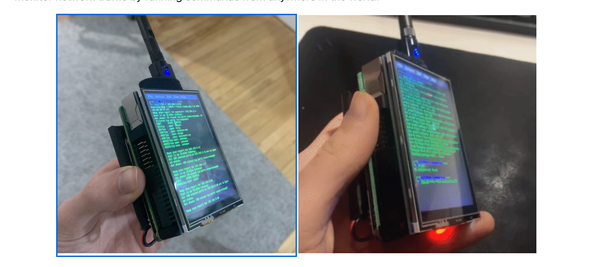Cracking the Code: Static vs. Dynamic Analysis for Aspiring Security Pros
Unveiling the Power of Code Analysis in Penetration Testing Cracking the Code: Static vs. Dynamic Analysis for Aspiring Security Pros
Table of Content
In the realm of penetration testing, or "pentesting" as the cool kids call it, understanding the ins and outs of software behavior is paramount.
Two key weapons in a pentester's arsenal are Static Code Analysis and Dynamic Analysis. Let's dive into these techniques and see how they can level up your security game.
Static Code Analysis: The Detective Work
Picture yourself as a detective, meticulously examining clues without disturbing the crime scene. That's essentially what static code analysis is all about.
You're scrutinizing the source code or binary files without actually running the program.
What's the Big Deal?
- Spot potential troublemakers early in the development cycle
- Fix issues before they become full-blown security nightmares
- Seamlessly integrate into your development pipeline
The Downside?
- It's not great at catching issues that only pop up when the code is running
- Sometimes cries wolf (false positives) if not set up correctly
Tools of the Trade
- Checkmarx: The automated code review guru
- Bandit: Python's best friend for security checks
- SonarQube: Your go-to for sniffing out bugs and code smells
- ESLint: Keeping your JavaScript in line
Dynamic Analysis: The Undercover Operation
Now, imagine you're an undercover agent, observing suspects in action. That's dynamic analysis in a nutshell.
You're evaluating the application while it's doing its thing, catching vulnerabilities that only show up during showtime.
Why It Rocks
- Catches those sneaky runtime issues
- More accurate for spotting authentication flaws and memory hiccups
- Perfect for testing apps that are already out in the wild
The Not-So-Great Parts
- Needs the application to be up and running, which can hog resources
- Might miss issues that are only visible in the source code
Your Dynamic Toolkit
- Burp Suite: The Swiss Army knife for web app testing
- OWASP ZAP: Open-source goodness for web security
- Valgrind: Your memory leak detective
- Appium: For when you need to test mobile apps on the fly

The Perfect Blend
Here's the kicker: combining static and dynamic analysis is like creating a security smoothie of awesomeness. Static analysis keeps your code squeaky clean before it hits production, while dynamic analysis catches those pesky runtime gremlins.
By mastering both techniques, you'll be the Sherlock Holmes of the digital security world, solving mysteries and thwarting villains left and right.
Keep Learning, Keep Hacking (Ethically, of course)
The world of pentesting is always evolving, so keep sharpening those skills. Dive into the documentation of tools like SonarQube and OWASP ZAP, and practice, practice, practice!
Remember, with great power comes great responsibility. Use your newfound knowledge to make the digital world a safer place, one line of code at a time.












